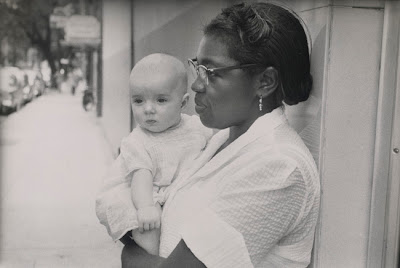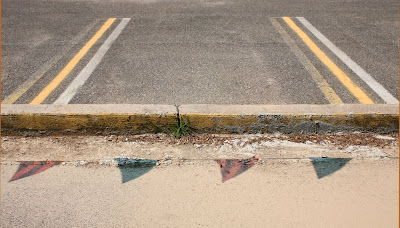 Charleston, South Carolina by Robert Frank 1955
Charleston, South Carolina by Robert Frank 1955Looking In: Robert Frank's The Americans
This exhibition celebrates the fiftieth anniversary of the publication of The Americans, Robert Frank’s influential suite of black-and-white photographs made on a cross-country road trip in 1955–56. Although Frank’s depiction of American life was criticized when the book was released in the U.S. in 1959, it soon became recognized as a masterpiece of street photography. Born in Switzerland in 1924, Frank is considered one of the great living masters of photography. The exhibition features all 83 photographs published in The Americans and will be the first time that this body of work is presented to a New York audience.
The Metropolitan Museum of Art
through January 3rd, 2010




















 black friday. 2008
black friday. 2008
 goodwill. 2009
goodwill. 2009





 from
from 
